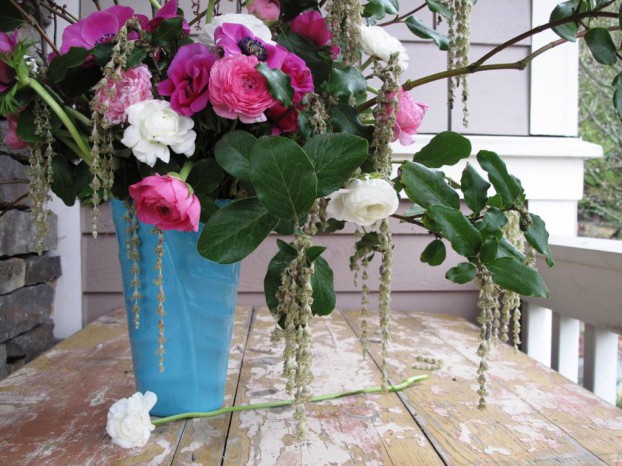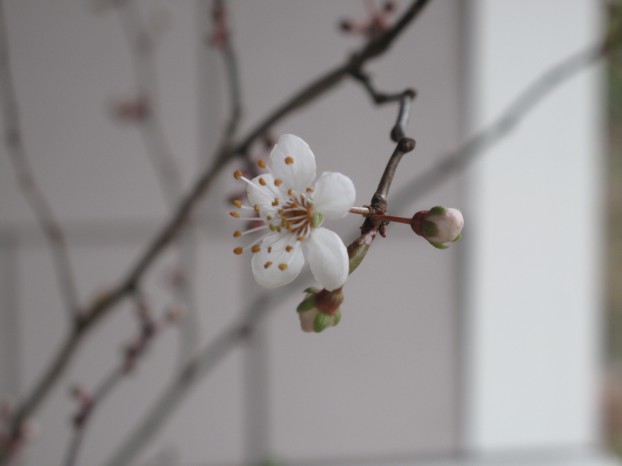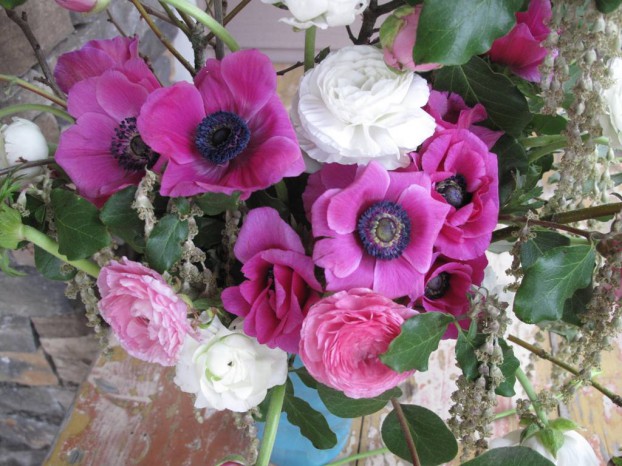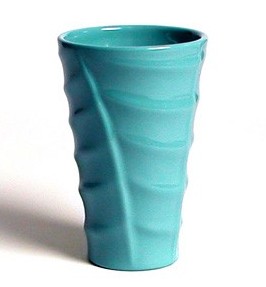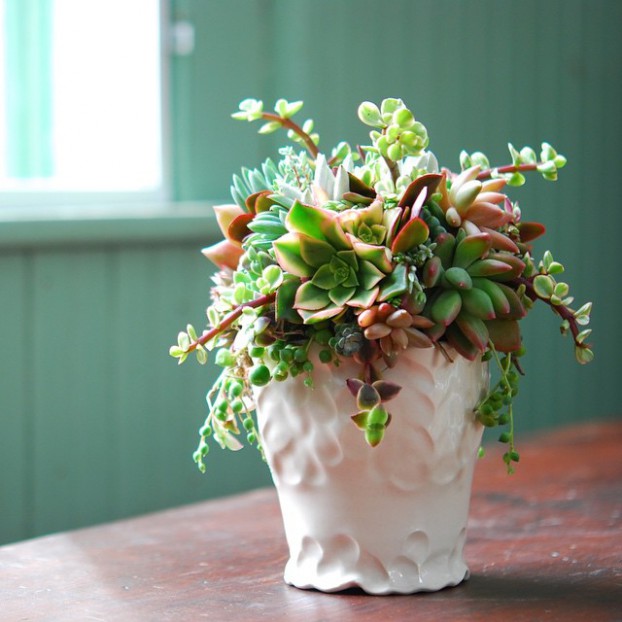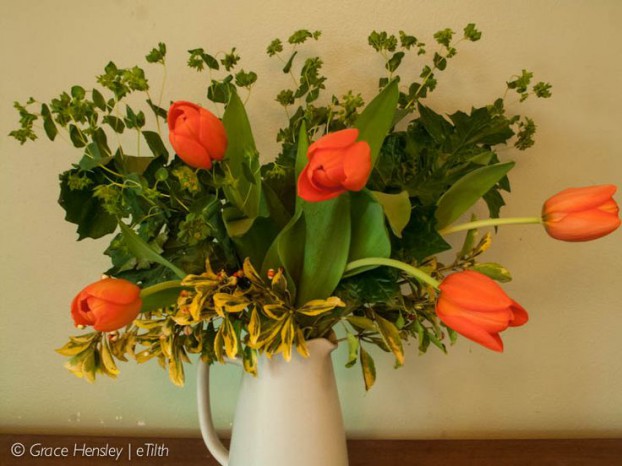Week 5 // Slow Flowers Challenge
February 7th, 2015
It’s been a busy week as we watched January transition into February.
A few days of unseasonably warm 50-degree temperatures combined with plenty of rainfall has jolted awake many of the bulbs in my garden and in my Seattle neighborhood.
I have been eyeing a beautiful shrub in my neighbor Kim’s garden that I pass by each day, realizing the rare moment each year when its inherent beauty peaks.
In the photo above, you can’t miss the lovely “dangles” of what is commonly called the silktassel tree (Garrya elliptica), a coastal NW native shrub with silvery flower chains that appear in winter. I wasn’t sure how it would perform as a cut flower, but here we are, three days after I snipped some of Kim’s branches, and boy does it hold up. Gorgeous and so evocative, right?
For Week 5 of 2015, I combined branches of the purloined-with-permission silktassel tree with the just-about-to-flower plum branches. Then I added some of the California-grown flowers brought in by my favorite go-to flower outlet, the Seattle Wholesale Growers Market.
If you spent any time reading the Slow Flowers book, you’ll already know that I regularly turned to the flower farmers involved in this innovative cooperative to procure ingredients for my bouquets and arrangements, month after month.
In the Pacific Northwest, as in so many of the areas where members of the Slow Flowers Tribe live, winter is our quiet season.
Our gardens are relatively (or seriously!) dormant. I have to ration what is in bloom in order to have weekly diversity for my own Challenge designs.
So this week, please enjoy the beautiful fuchsia-petaled anemones from California, along with pale pink and creamy white ranunculus, also from California.
Molly Sadowsky of the SWGMC orders in California florals in a very thoughtful and conscious way. She endeavors to work with farms that use sustainable or Veriflora practices.
Oh, and are you wondering about this beautiful aqua-glazed vase that holds my bouquet? It is – of course – American made!
Called the Madagascar vase, it comes from Bauer Pottery California, and you can read more about how Janek Boniecki saved the vintage molds for this early and iconic California ceramics factory here.
I love this vase shape so much, I used it in a photo shoot a few years ago for Better Homes & Gardens.
It was our holiday centerpiece story featuring nature-inspired cuttings from various regions around the country. I used all those yummy proteas, banksias, eucalyptus, leucodendron and leucospermum. Thought you’d enjoy seeing how appropriate these Australian natives look with the Cali vase. Here’s what I wrote:
California Cool
The turquoise glaze of a made-in-California Bauer Pottery vase enhances a blue-green and yellow bouquet. The floral ingredients, all native to Australia and South African but grown in California, are thoroughly adapted to Southwest gardens and bloom from October through May. Seeded eucalyptus and velvety sprays of silver tree (Leucadendron argenteum) serve as foliage, while the arrangement’s drama comes from Banksia and pincushion flowers (Leucospermum sp.).
Here are a few designs that others have created recently – they are so inspiring!
TIP: Design 101
Color wheel lesson: The flowers and vase combination illustrate an analogous color palette. Analogous colors are adjacent to one another on the color wheel. Fuchsia, purple and indigo are pleasing when viewed together because they each share varying quantities of the primary color blue.
Vase: (c) Slow Flowers: Four Seasons of Locally Grown Flowers, by Debra Prinzing |









